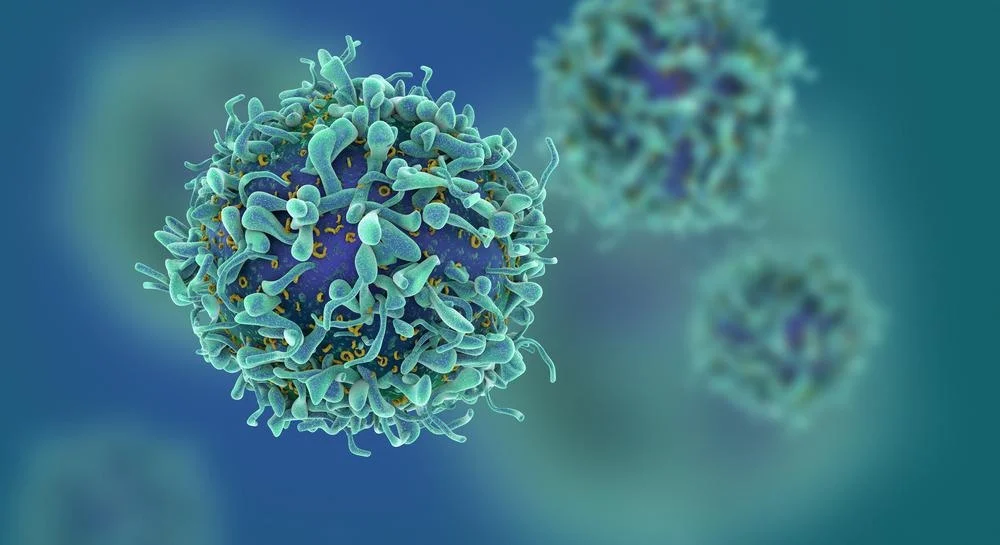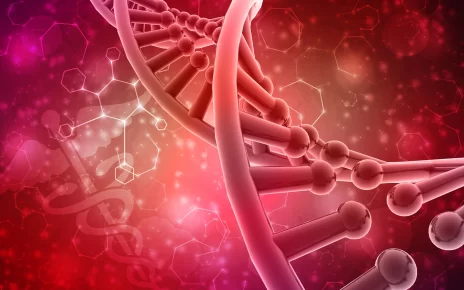Innovation in care has led to more effective treatments and positive outcomes, particularly among cancer patients who face unique obstacles.
Yet progress seems to be slowing. Why? This viewpoint explores how digital innovations – from remote patient monitoring to “hospital at home” solutions – could speed up improvement rates.
Personalized Medicine
Nobody’s cancer journey is identical, so why should the treatment approach be? In the past, traditional models used one size-fits-all approaches. But with personalized medicine (also called precision medicine), taking personalized medicine one step further can now offer tailored approaches to personalized healthcare for each individual patient.
Personalizing medicine means finding treatments that target these mutations.
One recent study demonstrated how personalized medicine works when applied to cancer care: patients with specific genetic changes could be treated with an immunotherapy drug that targets the cell’s mutated proteins and shuts off growth signals – this approach represents one example of personalized medicine at work; others include using genetic testing to assess risk for disease and determine if preventive measures, like screening or counseling would benefit an individual.
Combination Therapies
Combination therapies involve the simultaneous administration of two or more drugs to enhance patient outcomes by treating multiple disease pathways simultaneously and decreasing drug resistance.
However, implementing innovative treatments in clinical settings presents numerous challenges. For example, it is crucial that combinations of drugs used are neither too toxic nor too weak and administered efficiently so as to maximize their benefits.
Supportive care continues to evolve as well. For instance, prudent opioid usage can help relieve cancer-related pain, while alternative or complementary medicine techniques such as scalp-cooling devices may prevent hair loss related to certain chemotherapy regimens. It is also crucial that side effects from treatment are reduced through effective symptom management strategies and increasing patient adherence with anticancer regimens.
Nanoparticles
Modern medicine has long fought cancer aggressively, yet new methods must be found to increase specificity and decrease systemic toxicity. Nanotechnology offers an innovative solution, providing precisely targeted cancer medicines as well as accurate early-detection devices, robust imaging modalities, and enhanced radiotherapy treatments.
Nanoparticles (NPs) have been engineered to bypass the body’s natural defenses by adhering to cell membranes and targeting tumors for delivery of drugs. But in order to overcome physiological obstacles such as protein and lipid adsorption, blood flow coronas, interstitial pressure and phagocytic cells it requires more than passive targeting alone.
NPs can be designed to release drugs with precise release profiles that respond either to pH levels or temperatures, for example mesoporous silica NPs modified with PTX and ATO to achieve dual-pH-responsive sequential release within tumours during neoangiogenesis conditions [60], thus reducing toxic drug release into healthy tissues.
Vaccines
Scientists are rapidly making advances in genetic engineering and immunotherapy that could eventually provide a vaccine that could cure cancer. Such vaccines target tumor-associated antigens to prime immune system response against any malign cells that come to life within.
Immunotherapy drugs use immunological defense mechanisms against tumors as part of treatment plans for solid tumors such as glioblastoma and mesothelioma. This therapy may also be effective against other diseases that affect immunity such as MS.
Genetic sequencing (genotyping), as used by companies like 23andMe and Ancestry, can identify cancer-related mutations in your DNA that could help predict your likelihood of certain forms of cancer.
Vaccines can help you protect against cancer-causing viruses like Hepatitis B and HPV, helping you avoid sick days and reduce medical costs while at the same time protecting those around you through herd immunity.
Infections
Cancer patients often face infection-related toxicity as a side effect of treatment and disease progression, which may prove lethal to immunocompromised individuals. Furthermore, infections associated with cancer treatment often contribute to poor quality of life and reduced survival.
At COVID-19, optimal supportive care reduces hospitalisation risk and increases cure and survival rates. This includes the appropriate use of G-CSF to prevent/treat chemotherapy-induced neutropenia in those at lower FN risk and interventions designed to minimise chemotherapy-related thrombocytopenia, anaemia, bleeding and nausea/vomiting caused by chemotherapy treatments.
Other innovations include minimally invasive cancer diagnosis and treatment techniques such as ablation therapy – using heat or cold to destroy tumours using radiofrequency or ultrasound waves – as well as vaccines to stimulate immunity against cancer as well as bone-preserving drugs that help decrease cancer-related osteoporosis in survivors.





